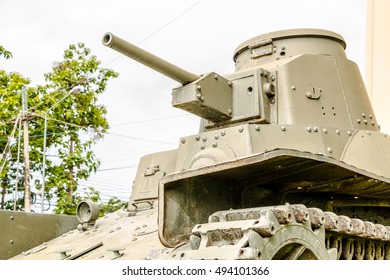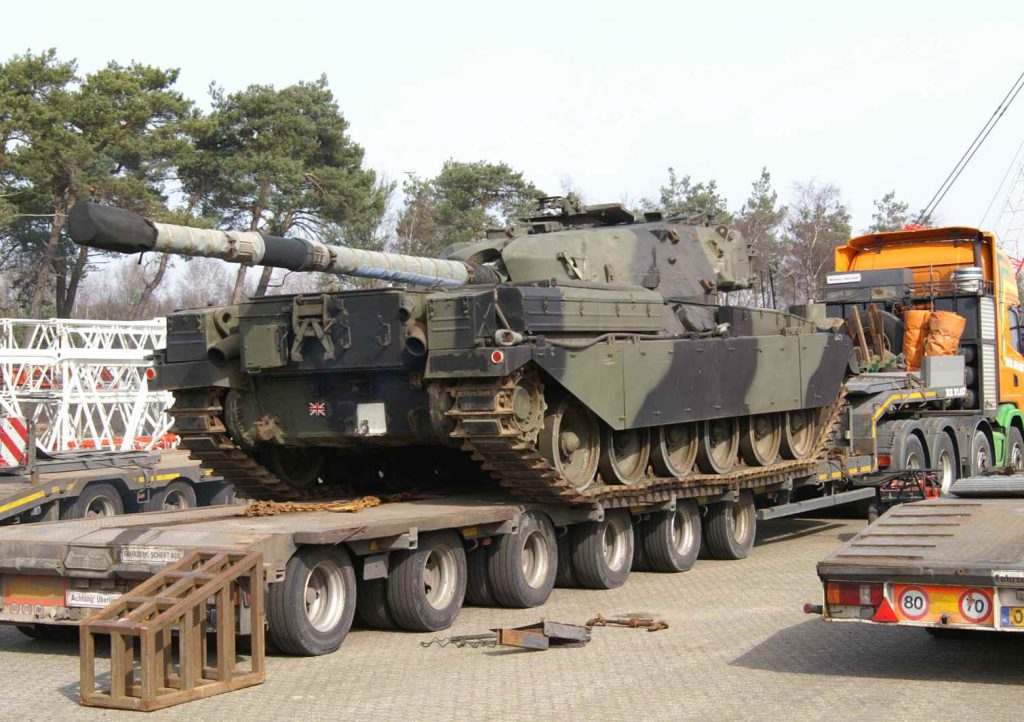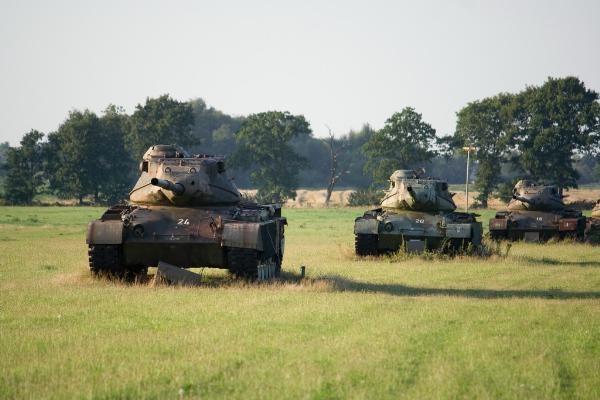

Humidity in winter can also make the vehicle itself a hazard. USMC drivers learning to drive on ice, Norway, February 2016

This applies to the temperature of 10 degrees Celsius or below – above, extra 25 percent of ice thickness is required.

In other words, crossing a frozen river with a 65 ton Abrams would require the ice to be over a meter and a half thick. When it comes to frozen bodies of water, trying to traverse one with an armored vehicle requires the ice to be at least 40cm (16 inches) thick for a 16 ton vehicle with every additional ton requiring an extra inch (2.54cm). There are very few truly poor outliers these days. Where the Soviet tanks had a clear advantage over German tanks in the winter of 1941 thanks to their wide tracks, the off-road performance of all MBTs today is more or less comparable, but the same can be said of MBT design in general. Generally speaking, the ability to pass through harsh terrain has improved tremendously since the days of the Second World War. Either way, driving in winter (and especially in rough areas or mountains) should only be performed by skilled crews with special training.Ībrams tank refuelling, Hohenfels, Germany, January 2018 Wheeled vehicles can typically have snow chains installed on their wheels whereas tanks rely on their tracks only. The loss of track grip creates major issues for tracked vehicles that cannot be easily fixed. The same goes for soft surfaces such as deep snow or sand for that matter. This can be countered by the use of grousers – track extenders that increase the grips of the vehicle. On icy surfaces, steel tracks become slippery and the tank therefore becomes far more difficult to control, sometimes leading to spectacular cases of drifting. Winter affects tank mobility more than you might imagine.

Ammunition must be stored in warmth and armored vehicles must be kept buttoned up in order for the ice not to get inside with the external modules vulnerable to frost covered with plastic or canvas sheets. The lubrication needs to be stepped up and adjusted for lower temperatures (by the use of Arctic oil and a synthetic lubricant), engines have to be pre-heated where necessary and surfaces get slippery. Let’s talk about tanks in cold weather then.Ībrams tank during winter exercises, Hohenfels, Germany, January 2018įundamentally, operating an armored vehicle in cold weather isn’t all that different from operating any other piece of machinery. We haven’t had a real life article for a while now and since Europe’s just about covered with a fresh blanket of snow as of writing of this text, we figured it was high time we made another one.


 0 kommentar(er)
0 kommentar(er)
